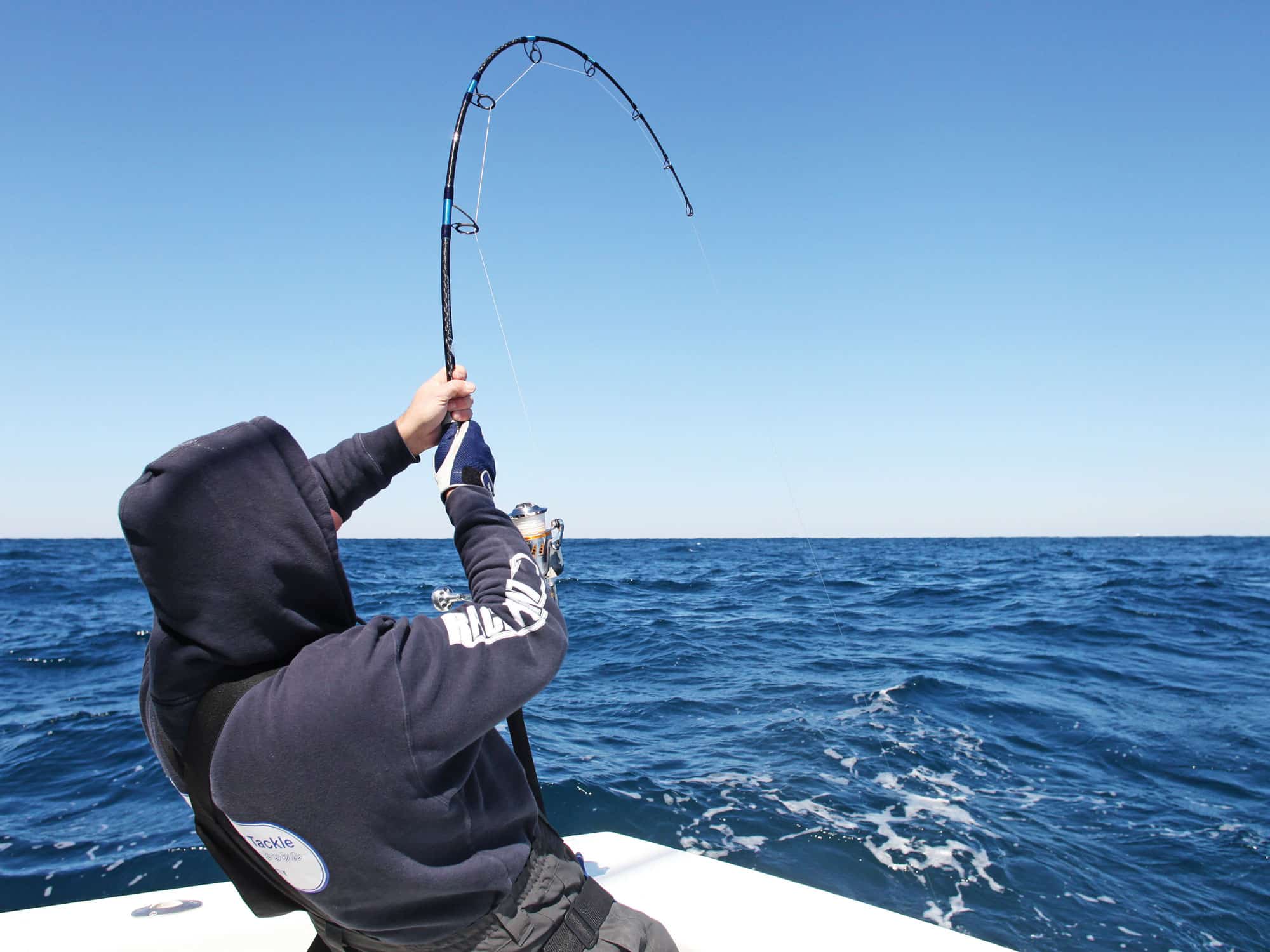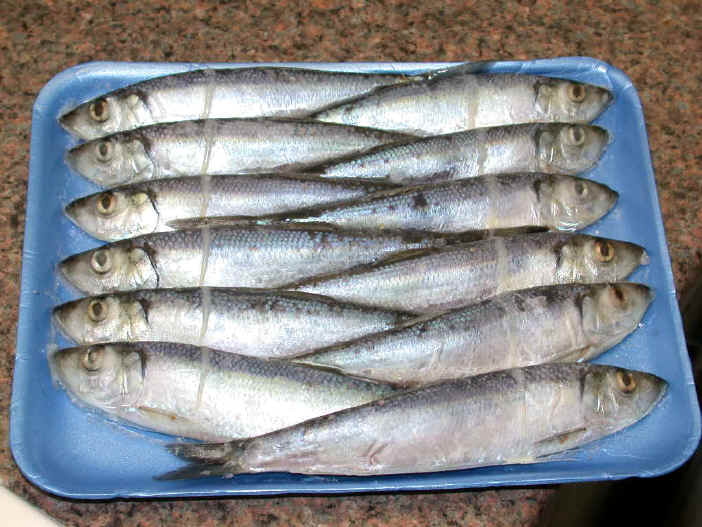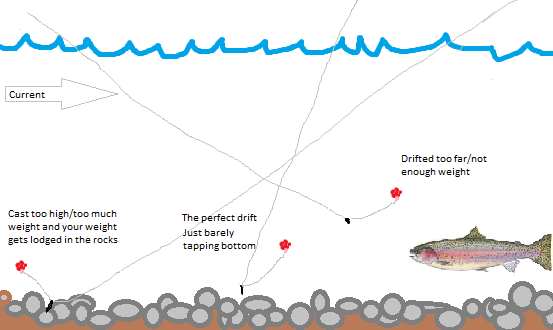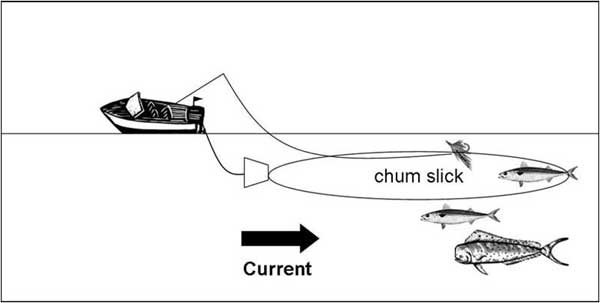Halibut fishing is a popular pursuit for anglers, especially in the waters off Alaska and the Pacific Coast. These large, powerful fish require specific techniques and a good understanding of their behavior to increase your chances of success. Below, we’ll explore in detail the techniques that can make your halibut fishing trips more productive.
Selecting the Right Gear
Rod and Reel Choices
When targeting halibut, it’s crucial to use a heavy-duty rod and reel setup designed for deep-sea fishing. Halibut can grow exceptionally large, with some weighing several hundred pounds, so your equipment needs to withstand the fight. A medium-heavy to heavy rod with a length of around 6 to 7 feet is ideal, as it offers the necessary backbone to handle these large fish. Pair this with a high-capacity reel equipped with a strong drag system—something capable of holding at least 300 yards of braided line is recommended.

Line Setup
Braided line is the preferred choice for halibut fishing due to its strength and low stretch, which allows you to feel even the slightest bites from deep below. A line with a test strength of 50 to 80 pounds is standard. For the leader, a 100 to 150-pound fluorocarbon leader is recommended. Fluorocarbon is preferred for its abrasion resistance and invisibility underwater, reducing the chances of spooking the fish.
Terminal Tackle
Your terminal tackle should be robust. Use circle hooks, typically in sizes ranging from 14/0 to 20/0, as these hooks are designed to catch in the corner of the fish’s mouth, reducing the chance of gut hooking and making release easier if needed. You’ll also need weights ranging from 16 to 32 ounces, depending on the current and depth. Sliding sinker rigs or spreader bars are often used to keep the bait near the bottom.
Baiting Techniques
Natural Baits
Natural bait is highly effective for halibut, with herring, squid, and octopus being among the top choices. These baits have strong scents and are commonly found in the halibut’s natural diet, making them irresistible. When rigging natural bait, it’s essential to ensure it looks as natural as possible in the water. For instance, when using herring, rig it through the nose or back to allow it to move naturally in the current.

Artificial Lures
While natural baits are preferred by many, artificial lures can also be very effective, especially when halibut are more active. Lead jigs, swimbaits, and scented soft plastics can be used to mimic the movement of natural prey. Jigging involves a rhythmic lifting and dropping of the lure to simulate a wounded fish, which can trigger a strike from a hungry halibut. The key is to match the lure size and color to the baitfish present in the area.
Cut Bait
Cut bait is another popular option, especially in deeper waters where the scent can help attract fish from a distance. Halibut are bottom feeders, so using oily fish like mackerel or salmon belly as cut bait can be very effective. The bait should be cut into large chunks to provide a strong scent trail. When fishing with cut bait, use a circle hook and ensure the hook is fully exposed to increase hookup rates.
Fishing Methods
Drift Fishing
Drift fishing is one of the most effective techniques for halibut. This method involves letting the boat drift with the current while your bait or lure stays near the bottom. The idea is to cover as much ground as possible, increasing your chances of passing over a halibut. To keep your bait at the right depth, adjust the amount of line out based on the depth and the current speed. Using a heavier weight can help keep your bait in the strike zone.

Anchoring and Bottom Fishing
In areas with less current or when targeting a known hotspot, anchoring can be highly effective. Once anchored, drop your bait directly to the bottom and use chum to attract halibut. Chumming can be done by dropping small pieces of bait or using a chum bag to create a scent trail that will draw halibut to your location. Make sure to check your bait regularly, as smaller fish can often steal it without you noticing.
Jigging Techniques
Vertical jigging is a dynamic technique that can provoke aggressive strikes from halibut. It involves dropping a jig to the bottom and then rhythmically lifting and dropping it to create movement that mimics an injured fish. This method works best in areas where halibut are actively feeding. The key to successful jigging is to vary your speed and rhythm until you find what triggers the most bites. Jigging can be particularly effective when fish are suspended off the bottom or in areas with strong currents.
Understanding Halibut Behavior
Preferred Depths and Structures
Halibut are typically found at depths ranging from 50 to 300 feet, depending on the time of year and location. They prefer sandy or muddy bottoms where they can easily ambush prey. Underwater structures like drop-offs, ledges, and banks are prime areas to target, as these are common feeding grounds for halibut. Using a fish finder to locate these structures can greatly increase your chances of success.
Tides and Currents
Tides and currents play a significant role in halibut fishing. Halibut tend to be more active during tidal changes, particularly during the outgoing tide when they move to shallower areas to feed. Fishing during a slack tide (the period between high and low tide) can also be productive, as the water is calmer and the fish are more likely to be feeding. Understanding the local tidal patterns and planning your fishing trips around them can lead to more successful outings.
Adapting Techniques by Season
Spring and Summer
During the spring and summer, halibut are more active and tend to move into shallower waters to feed. This is the peak season for halibut fishing, and techniques like drift fishing and jigging are highly effective. In these warmer months, halibut are often more aggressive, so using a combination of natural bait and artificial lures can yield good results.
Fall and Winter
In the fall and winter, halibut often move to deeper waters, making bottom fishing and anchoring more effective techniques. During this time, the fish are less active due to colder water temperatures, so it’s essential to slow down your presentation and use baits with strong scents to attract fish. Gear adjustments, like using heavier weights and stronger lines, are necessary to handle the rougher conditions and deeper depths.
Advanced Techniques
Using Electronics
Modern fish finders and sonar technology can significantly enhance your halibut fishing experience. These devices allow you to locate underwater structures, identify baitfish schools, and even spot individual halibut. When using electronics, pay attention to the depth contours and look for areas where the bottom suddenly drops off or where there are clusters of fish. Understanding how to read your electronics effectively can help you target the most productive areas.
Chumming
Chumming is a technique that can draw halibut to your fishing area, especially when bottom fishing. The key to successful chumming is consistency—drop small amounts of chum regularly to create a continuous scent trail. The best chum consists of oily fish like herring or mackerel, which release strong scents into the water. Place your chum bag near the bottom where the halibut are feeding, and make sure it’s secured so it doesn’t drift away.

Avoiding Common Mistakes
Gear and Tackle Errors
One of the most common mistakes in halibut fishing is using inadequate gear. Always ensure your rod, reel, line, and terminal tackle are up to the task, as halibut are powerful fish that can easily break weak equipment. Another common mistake is not adjusting your tackle based on the conditions; for example, using too light a weight in strong currents will prevent your bait from reaching the bottom where the halibut are.
Bait Presentation
Proper bait presentation is crucial for attracting halibut. Whether using natural bait, cut bait, or artificial lures, make sure your bait is presented in a way that looks natural and enticing to the fish. Avoid overcrowding the hook with too much bait, as this can make the presentation look unnatural. Regularly check your bait to ensure it hasn’t been stolen or damaged by smaller fish.
Environmental Awareness
Ignoring environmental factors such as tides, weather, and water temperature can greatly reduce your chances of success. Always plan your fishing trips around favorable conditions and be prepared to adjust your techniques based on changes in the environment. For example, if the water temperature drops significantly, switch to slower presentations and use bait with stronger scents.
Halibut fishing requires a combination of the right gear, proper baiting techniques, and an understanding of the fish’s behavior and environment. By mastering these techniques, you can increase your chances of a successful and rewarding halibut fishing experience. Whether you’re a novice or an experienced angler, continually refining your techniques and adapting to the conditions will lead to more consistent catches and a deeper appreciation for this challenging and rewarding sport

Robert Smith is the proud owner of Bait Barrels and Bows, a premier fishing sports store established in 1989. With over three decades of experience in the industry, Robert has honed his skills to become an expert angler, sharing his vast knowledge and passion for fishing with enthusiasts around the world. Through his store and writings, Robert provides invaluable tips and guidance, helping both novice and seasoned anglers improve their techniques and enjoy the sport to its fullest. His commitment to the fishing community is evident in his dedication to quality products and excellent customer service.

